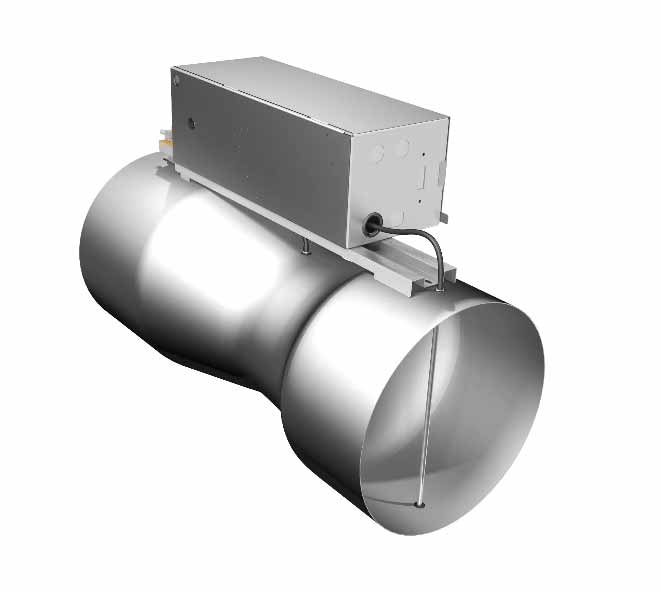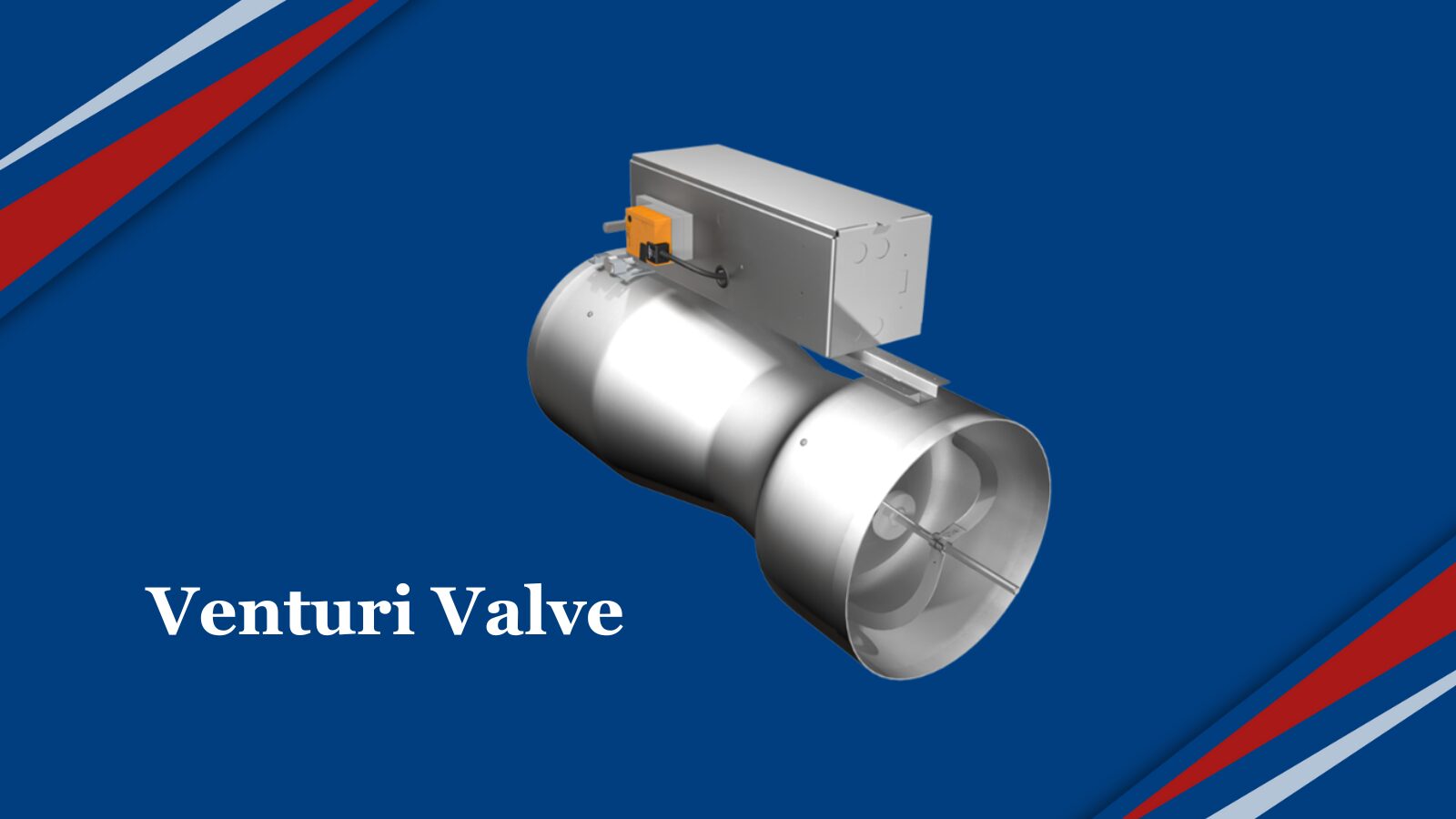That’s a dandy of a question.
It depends on the problem you are trying to solve.
LINT:
Price can accommodate a standard VAV box with an orifice ring instead of a cross flow sensor. Take the static pressure on both sides of the ring, know the opening size of the ring, and viola! a terminal box that doesn’t collect lint!
HIGH TURNDOWN:
A standard VAV box may have a 5:1 turndown. If the range of turndown for a patient room, operating room, or lab requires up to 10:1, the VFX valve is a low pressure drop, high turndown terminal box that also solves the lint/maintenance challenge.
HIGHER TURNDOWN and PRESSURE INDEPENDENCE
A venturi valve has a turndown capability of 20:1, is (almost) completely pressure independent, and will avoid the lint problem as well. It’s more expensive, may be louder, and has a higher pressure drop. Maybe your application requires it, or maybe just maybe you weren’t aware of the other options.
TAKEAWAY
Don’t worry if you’re a bit rusty on the nitty-gritty details of how these gizmos work. Most people I know are. Heck, that’s why we’re having the class.
One last thing to ponder. As our energy code becomes more demanding, and our opportunity to use Demand Control Ventilation increases, knowing the how and who of these devices will be a real benefit.
See you in class!

FIGURE 1: RDV

FIGURE 2: VFX High Turndown Valve

FIGURE 3: VV Venturi Valve
You are invited to "Antec Controls and the Science of Air Flow Control and Measurement"
This is an in-person class with an option for remote attendance.
When: May 14, 2024 10:00 AM CT
Topic: Antec Controls and the Science of Air Flow Control and Measurement
You can register for in-person or remote attendance with the link
Facilitator: Antec Controls
PDH credits available: 2



